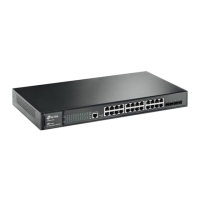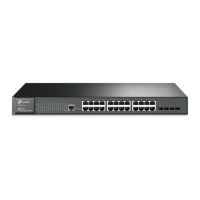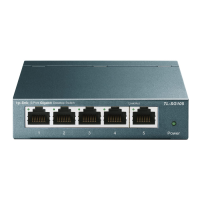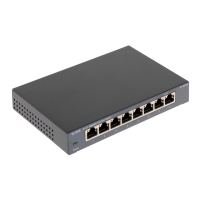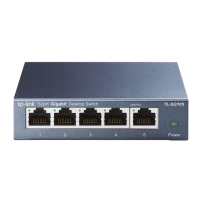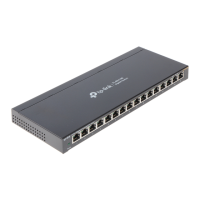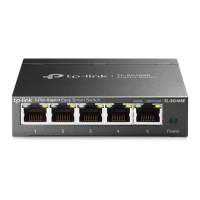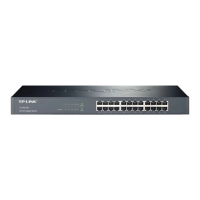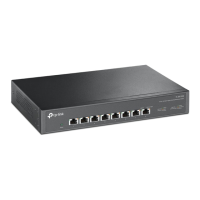133
Leave Time:
Specify the interval between the switch receiving a leave
message from a host, and the switch removing the host from
the multicast groups.
Router Ports:
Enter the static router port which is mainly used in the network
with stable topology.
Note:
1. The router port should be in the multicast VLAN, otherwise the member ports cannot
receive multicast streams.
2. The Multicast VLAN won't take effect unless you first complete the configuration for the
corresponding VLAN owning the port on the 802.1Q VLAN page.
3. It is recommended to choose GENERAL as the link type of the member ports in the
multicast VLAN.
4. Configure the link type of the router port in the multicast VLAN as TRUNK or configure the
egress rule as TAG and the link type as GENERAL otherwise all the member ports in the
multicast VLAN cannot receive multicast streams.
Configuration procedure:
1
function
Required. Enable IGMP Snooping globally on the switch
and for the port on Multicast→IGMP
Snooping→Snooping Config and Port Config page.
2 Create a multicast VLAN
Required. Create a multicast VLAN and add all the
member ports and router ports to the VLAN on the
VLAN→802.1Q VLAN page.
Configure the link type of the member ports as
GENERAL.
Configure the link type of the router ports as TRUNK or
configure the egress rule as tagged GENERAL.
3
multicast VLAN
Optional. Enable and configure a multicast VLAN on the
Multicast→IGMP Snooping→Multicast VLAN page.
It is recommended to keep the default time parameters.
4
configuration
If it is successfully configured, the VLAN ID of the
multicast VLAN will be displayed in the IGMP Snooping
Status table on the Multicast→IGMP
Snooping→Snooping Config page.
Application Example for Multicast VLAN:
Network Requirements
Multicast source sends multicast streams via the router, and the streams are transmitted to
user A and user B through the switch.
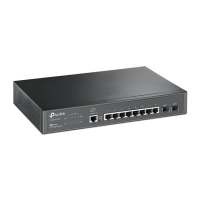
